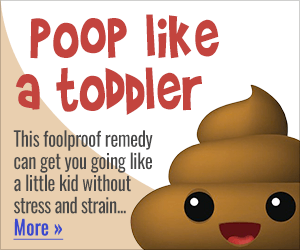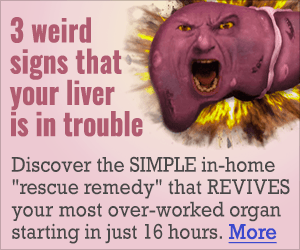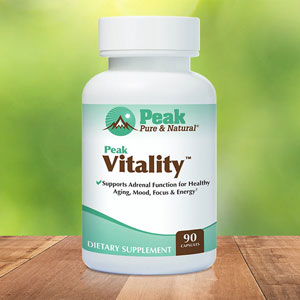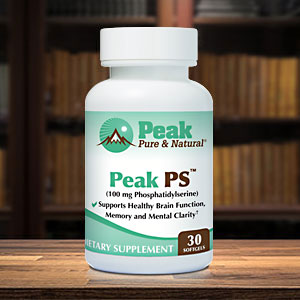Get Easy Health Digest™ in your inbox and don’t miss a thing when you subscribe today. Plus, get the free bonus report, Mother Nature’s Tips, Tricks and Remedies for Cholesterol, Blood Pressure & Blood Sugar as my way of saying welcome to the community!
Unlock bliss to relieve anxiety, depression and more

Hear mention of LSD and you might immediately think about the psychedelic 60s — whether you lived them or grew up on the pop culture references.
Then and now, LSD is followed by controversy. Considered mind-altering, some proponents believe it lowers brain barriers and opens consciousness.
But, it’s illegal, and not without risk. It can cause hallucinations that can persist and may be linked to schizophrenia, rapid heart rate, increased body temperature, delusions and even psychosis.
That hasn’t stopped researchers from exploring the potential health benefits of the drug. It’s been tested as a treatment for stroke-related brain damage as well as for depression, anxiety and addiction — because it can shift blood flow in the brain, reduce negative emotions and induce blissful states.
Obviously, it would be great if there were a way to get the benefits of LSD without any of the risks. One research team may be onto how — and it’s literally as easy as breathing…
Breathwork could reduce psychological distress
Use of breathwork as a therapeutic tool for psychological distress is becoming more popular because some versions of it can lead to altered states of consciousness (ASCs) similar to those evoked by psychedelic substances like LSD.
High-ventilation breathwork (HVB), which involves gradually increasing the rate and depth of ventilation, has strong potential as a non-pharmacological alternative for treating psychological distress.
However, the neurobiological mechanisms and subjective experience underlying HVB’s impact on taking the mind to an altered state haven’t been studied extensively.
To fill this information gap, Amy Amla Kartar of Brighton and Sussex Medical School in the United Kingdom and colleagues characterized ASCs induced by HVB in experienced practitioners. They did so by analyzing self-reported data from 15 individuals who participated online, eight who participated in the lab, and 19 who underwent magnetic resonance imaging (MRI).
They participated in a 20- to 30-minute session of cyclic breathing without pausing while listening to music. Then they answered a series of questionnaires within 30 minutes of finishing the breathwork session.
The results were impressive. During all experimental sessions, participants reported reduced fear and negative emotions, with no adverse reactions. Across participants and experimental settings, HVB reliably enhanced ASCs dominated by Oceanic Boundlessness (OBN).
OBN is a term describing a set of feelings that include spiritual experiences, insightfulness, a blissful state, positively experienced depersonalization, and the experience of unity. It’s considered a defining aspect of ASCs evoked by psychedelics like psilocybin, the active ingredient in “magic mushrooms.”
The intensity of ASCs evoked by HVB caused a profound decrease in blood flow to parts of the brain implicated in representing the internal state of the body, including breathing, while increasing blood flow to brain regions involved in the processing of emotional memories. These blood flow changes correlated with psychedelic experiences, meaning they may be the source of the positive effects of the breathwork.
Interestingly, the intensity of HVB-induced ASCs was proportional to cardiovascular sympathetic activation, as indicated by a decrease in heart rate variability. This suggests a potential stress response, indicating that the positive changes induced by ASCs may occur even while the body’s stress response is activated.
Getting started with breathwork
In short, this type of breathwork, combined with music, appears to induce altered states resembling those of psychedelics, calming negative emotions while reshaping brain activity.
The researchers caution that more research is needed. Still, the research—the first to use neuroimaging to map the neurophysiological changes caused by breathwork—indicates that breathwork may be a powerful tool in addressing psychological conditions.
You can find plenty of information online to practice breathwork. However, it’s not recommended to practice high-ventilation breathwork on your own, at least not until you have become adept at it.
It’s more intense, and without an experienced therapy guide during a session, you could experience dizziness, hyperventilation, fainting, or even become emotionally overwhelmed.
Seek a referral from a functional medicine clinic, specialist, counselor or wellness spa in your area to connect with a knowledgeable therapist — and get ready to feel the bliss.
Editor’s note: Are you feeling unusually tired? You may think this is normal aging, but the problem could be your master hormone. When it’s not working, your risk of age-related diseases skyrockets. To reset what many call “the trigger for all disease” and live better, longer, click here to discover The Insulin Factor: How to Repair Your Body’s Master Controller and Conquer Chronic Disease!
Sources:
Scientists reveal how breathwork unlocks psychedelic bliss in the brain — ScienceDaily
LSD — Drugs.com
What is ‘breathwork’? And do I need to do it? — University of Wollongong Australia
High ventilation breathwork practices: An overview of their effects, mechanisms, and considerations for clinical applications — Neuroscience & Biobehavioral Reviews















